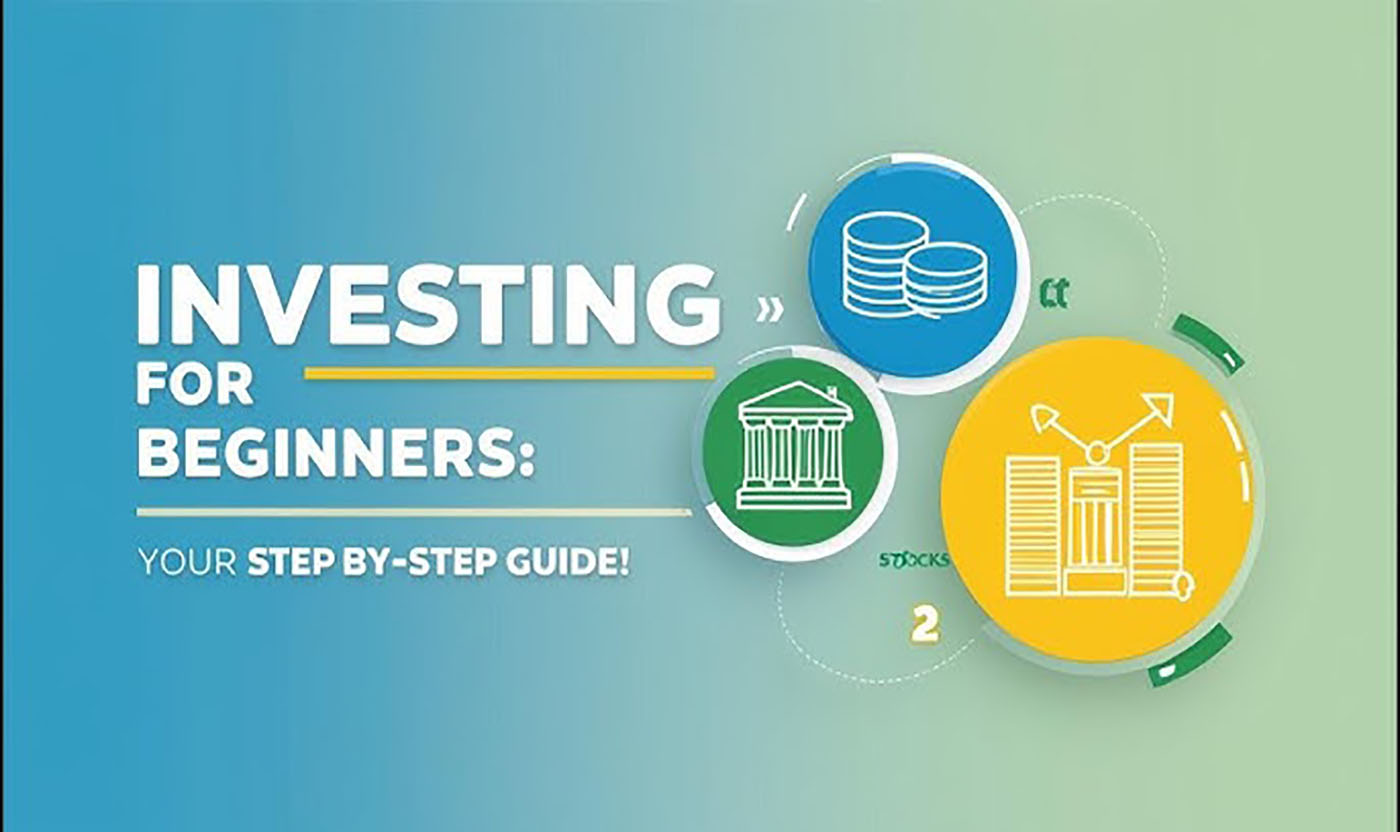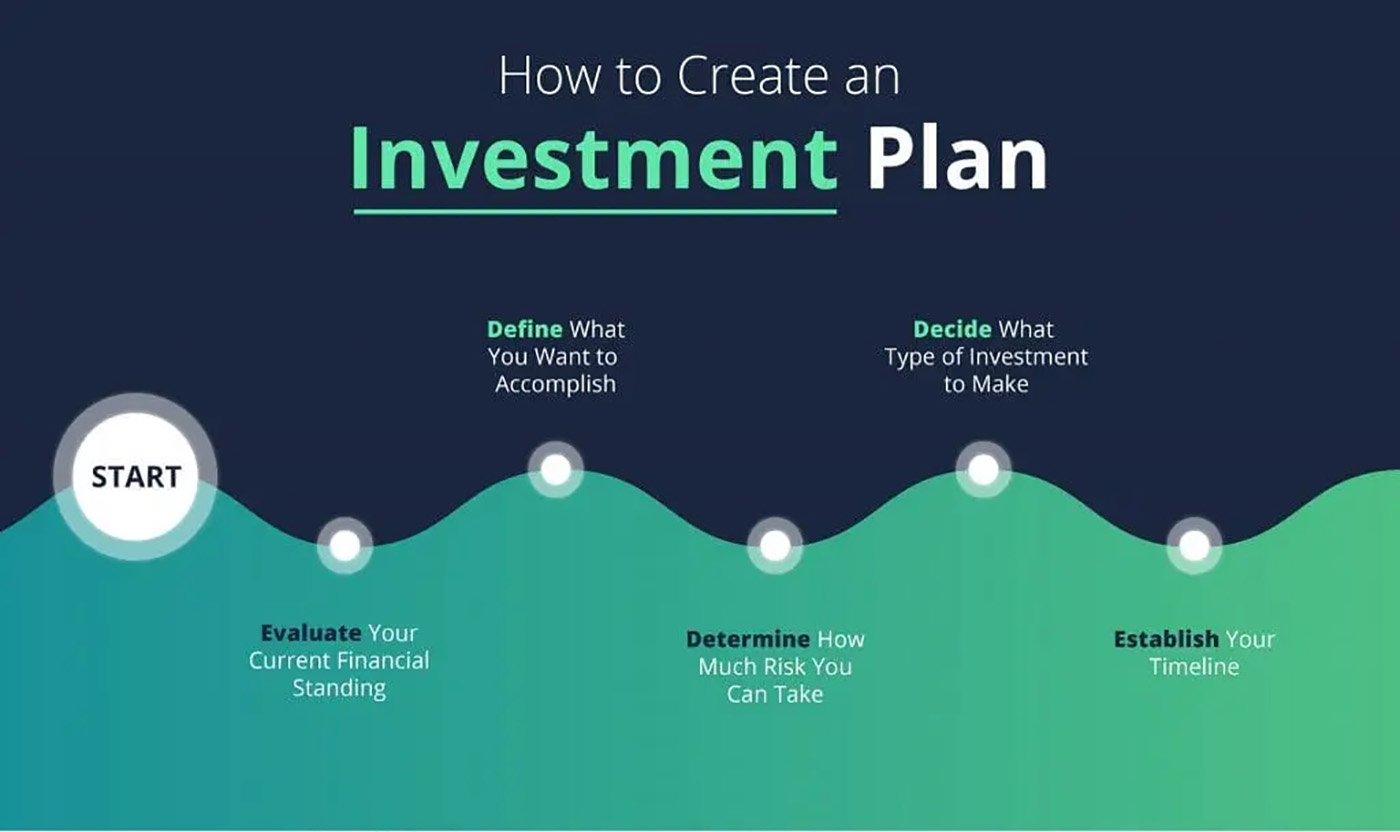Investing is one of the most powerful ways to build long-term wealth. Whether you’re a seasoned investor or someone just starting to explore the stock market, the process can feel overwhelming. From choosing the right strategy to managing your finances effectively, there’s a lot to consider. But rest assured, the journey doesn’t have to be complicated if you approach it step by step.
In this guide, I’ll walk you through the essentials of personal investing, from the basics of investment types to practical strategies for getting started. By the end, you’ll have a clear understanding of how to manage your money, make informed decisions, and feel confident in your investment choices.
Step 1: Determine Your Investment Style
The first step in any investment journey is understanding your investment style. This will shape the way you approach the stock market and other investment options. In the world of investing, there are two primary styles: active investing and passive investing. Both have their strengths, and the best choice depends on your time, resources, and financial goals.
Active Investing: More Effort, Higher Potential Return
Active investing involves putting in time and effort to research and manage your investments actively. If you’re the type of person who enjoys following the stock market closely and staying updated on news, active investing might be a good fit for you. Active investors often buy and sell individual stocks, seeking to beat the market or make profits through short-term trades.
However, this style is not for everyone. To succeed in active investing, you’ll need:
- Time: You’ll spend time researching individual stocks, analyzing trends, and making buy/sell decisions regularly.
- Knowledge: A solid understanding of financial analysis and stock research is essential. While you don’t need a finance degree, having a grasp on the basics is crucial.
- Commitment: Active investing can be time-consuming, and not everyone is willing or able to dedicate this time consistently. But, if you’re passionate about markets, this could be an exciting and rewarding approach.
Passive Investing: Simpler, More Stable, and Predictable
If you’re not interested in the hands-on, time-consuming approach of active investing, passive investing might be right for you. Passive investing involves putting your money in diversified portfolios, typically through index funds or exchange-traded funds (ETFs). Instead of trying to pick individual winners, passive investors aim to mirror the performance of a broader market index (like the S&P 500).

The benefits of passive investing include:
- Lower Costs: You don’t have to hire a team or spend time picking stocks, which reduces fees and expenses.
- Less Time Consuming: Once you’ve set up your portfolio, you don’t need to make frequent adjustments or trades.
- Steady Returns: Over time, passive investing has consistently delivered stable returns, with the stock market historically averaging around 7-10% annual returns over the long term.
For those just getting started, passive investing often provides a simpler and more hands-off way to get exposure to the market while minimizing the stress of constant decision-making.
Step 2: Set Your Investment Budget
Now that you have a sense of your investment style, it’s time to consider how much you’re able to invest. The amount of money you invest depends largely on your personal financial situation. Contrary to popular belief, you don’t need thousands of dollars to start investing. In fact, you can start with as little as $100, and many brokers even allow fractional shares, meaning you don’t need to purchase an entire share of a high-priced stock like Amazon or Tesla.
Establishing an Emergency Fund
Before you start investing, it’s crucial to ensure that your financial foundation is strong. This means setting up an emergency fund. An emergency fund is a stash of cash that you can easily access in case of unexpected expenses—such as car repairs or medical bills—without having to sell your investments at a loss.
Most financial planners recommend an emergency fund that covers three to six months of living expenses. However, if that feels like too much to aim for initially, even a few hundred or thousand dollars can provide peace of mind and keep you from needing to dip into your investments prematurely.
Paying Down High-Interest Debt
Before you start investing, consider paying off any high-interest debt, such as credit cards. The reason is simple: credit card debt often carries an interest rate in the range of 18-25%, while long-term investments typically return 7-10% annually. This means that carrying high-interest debt is more costly than investing your money, and it could hinder your financial growth.
Once you’ve paid off high-interest debt and built a reasonable emergency fund, you can confidently start investing with money that isn’t needed for immediate expenses.
Step 3: Assess Your Risk Tolerance
One of the key decisions you’ll make as an investor is determining how much risk you’re willing to take on. Different investments come with different levels of risk, and finding a balance that aligns with your financial goals and comfort level is essential.
Understanding Risk vs. Return
The relationship between risk and return is fundamental in investing. Generally, the higher the risk you’re willing to take, the higher the potential return—but also the potential for loss.
For example, bonds (particularly government bonds) tend to be low-risk, low-return investments. These are ideal for conservative investors who prefer stability and are not willing to take on much volatility. On the other hand, stocks generally offer higher returns over time but come with greater short-term risk.
There are also options in between these extremes, such as balanced funds or target-date funds, which aim to provide a middle ground between risk and return.
Assessing Your Risk Tolerance
Your risk tolerance depends on factors such as:
- Age: Younger investors typically have a higher risk tolerance since they have time to recover from any losses. Older investors approaching retirement often prefer more stability and may reduce their exposure to riskier investments.
- Income: If you have a stable, high income, you might be more comfortable taking on higher risks in pursuit of greater returns. Conversely, if you’re living paycheck to paycheck, you may prefer safer investments.
- Financial Goals: Your investment strategy should align with your goals. If you’re saving for retirement in 30 years, you might be willing to take on more risk than if you’re saving for a home purchase in a few years.
If you’re unsure of where you fall on the risk spectrum, consider using an online risk tolerance questionnaire available on investment platforms like Fidelity or Vanguard. These questionnaires help assess your financial comfort zone and can recommend a portfolio that matches your profile.
Step 4: Decide Where to Invest Your Money
Once you’ve figured out your investment style, budget, and risk tolerance, it’s time to choose where to put your money. The options can feel overwhelming, but here are a few common investment vehicles to consider:
Individual Stocks
If you’re interested in active investing, individual stocks offer the potential for high returns, but they also come with greater risk. It’s essential to do thorough research before buying individual stocks. If you’re new to this, you might want to start with blue-chip stocks—established companies with a history of stability and growth. Stocks from companies like Apple, Microsoft, and Johnson & Johnson are often considered safe bets for long-term growth.
Mutual Funds and ETFs
If you want diversification but don’t want to pick individual stocks, mutual funds and ETFs (exchange-traded funds) are a great choice. Both allow you to invest in a basket of stocks, which reduces your risk by spreading your investment across different companies and industries.
- Mutual Funds are professionally managed portfolios of stocks and bonds. They are typically actively managed, meaning fund managers make decisions about buying and selling assets.
- ETFs are similar to mutual funds, but they trade on the stock market like individual stocks. They tend to have lower fees than mutual funds, making them an appealing option for passive investors.
Robo-Advisors
If you’re looking for a completely hands-off approach, robo-advisors are a fantastic option. Robo-advisors use algorithms to automatically manage your investments based on your risk tolerance, goals, and preferences. Popular platforms like Betterment and Wealthfront make it easy for new investors to get started without worrying about picking individual investments.
Bonds
For more conservative investors, bonds offer a lower-risk investment, especially government bonds. While their returns tend to be lower than stocks, they can provide a stable source of income, especially for those nearing retirement.

Step 5: Practical Tips for New Investors
Now that we’ve covered the basics, here are some practical tips to help you succeed in your investing journey:
- Start Small: You don’t need to invest a large amount upfront. Begin with what you can afford and gradually increase your investments as you become more comfortable.
- Invest Regularly: Consider setting up automatic contributions to your investment accounts. Consistent investing, even in small amounts, can lead to significant wealth over time through the power of compounding.
- Diversify Your Portfolio: Don’t put all your eggs in one basket. By spreading your investments across different asset classes (stocks, bonds, real estate, etc.), you reduce the risk of significant losses.
- Stay Patient: Investing is a long-term endeavor. Avoid getting distracted by short-term market fluctuations. Focus on your long-term financial goals and resist the urge to make drastic changes to your portfolio in response to daily market movements.
- Use Resources Wisely: Take advantage of online resources like Morning star, Yahoo Finance, and Investopedia to research and stay updated on market trends.
Personal investing is a rewarding journey that can lead to long-term financial security. By taking the time to understand your investment style, assessing your risk tolerance, and making informed decisions about where to put your money, you can build a portfolio that aligns with your goals. And remember, investing is a marathon, not a sprint. Stay disciplined, be patient, and let time work its magic on your wealth.
Good luck, and happy investing!



